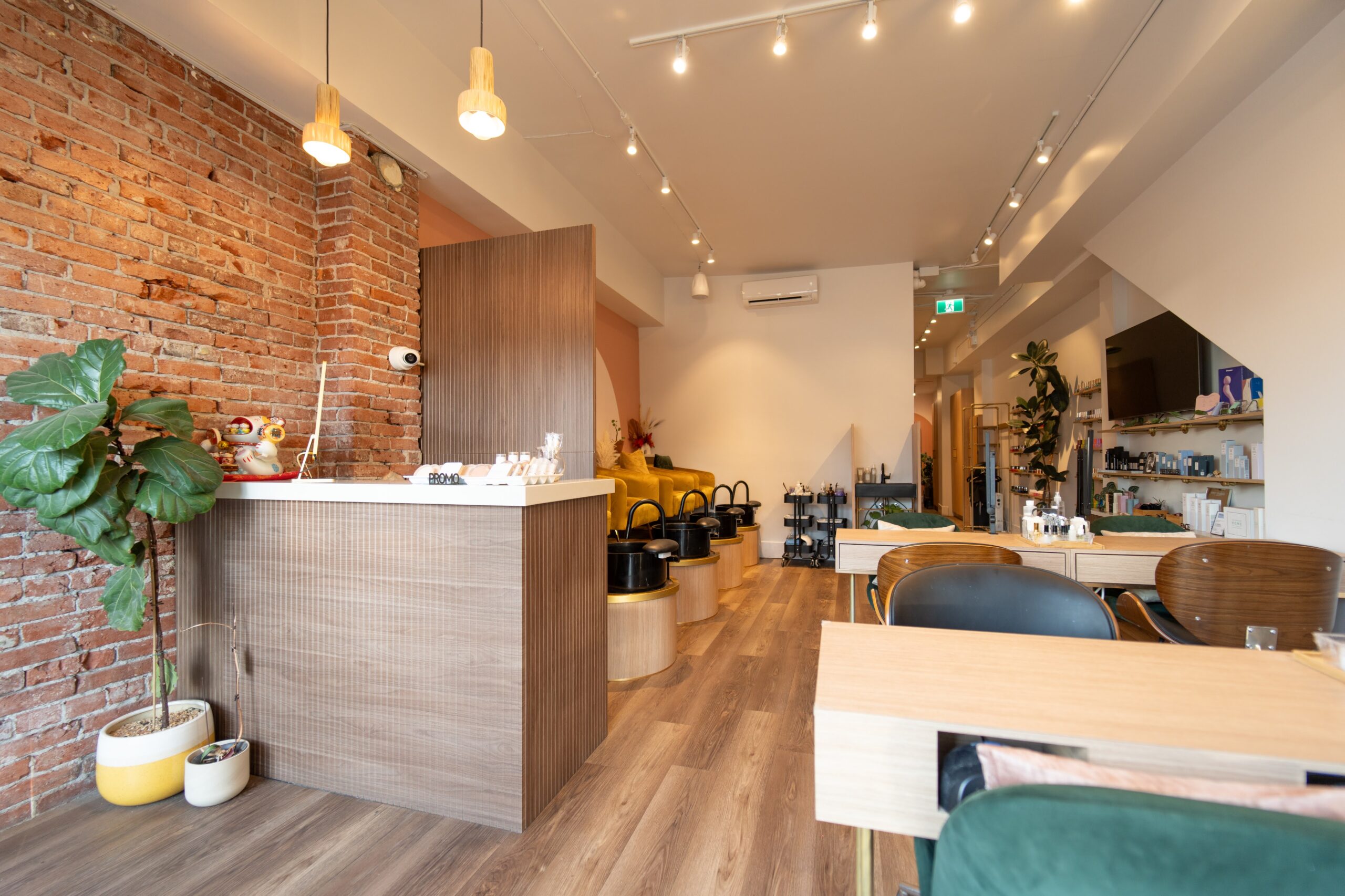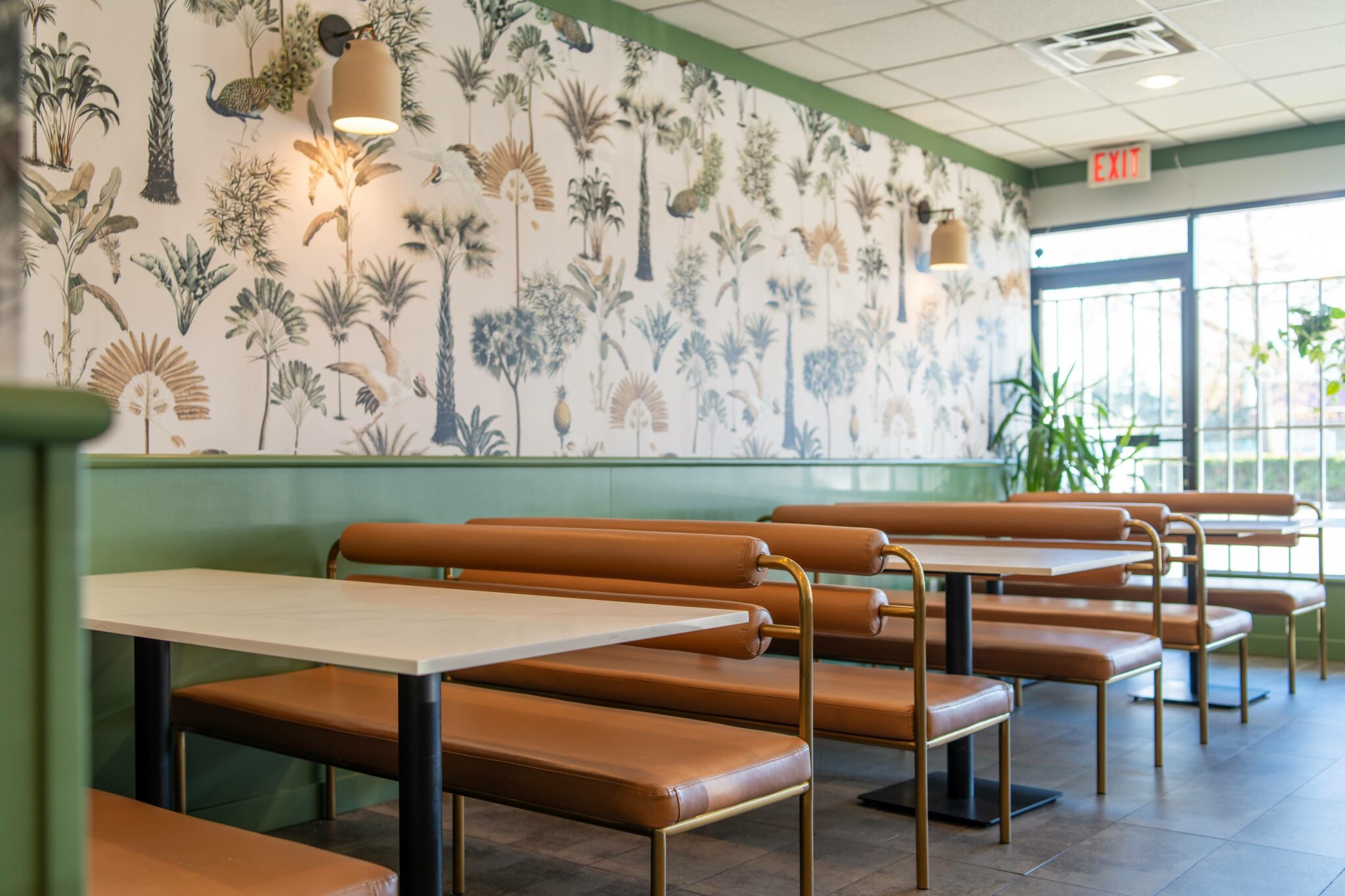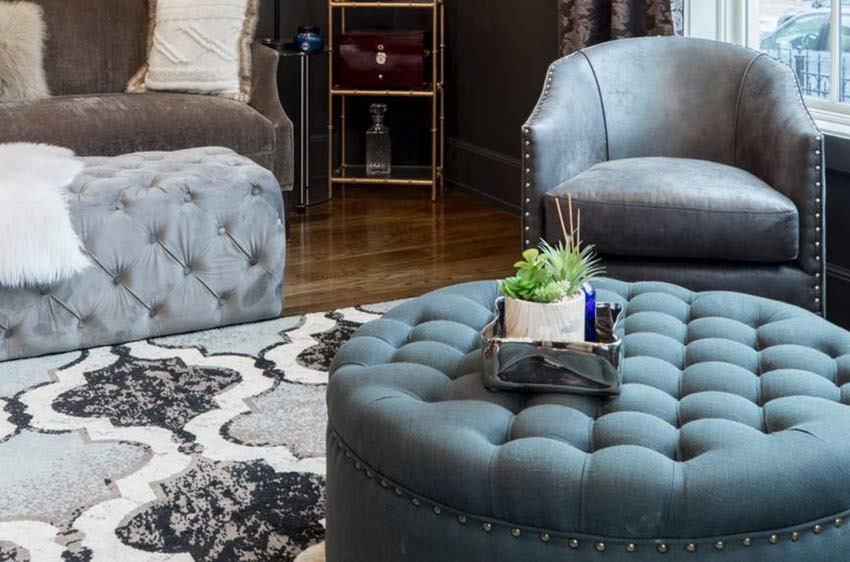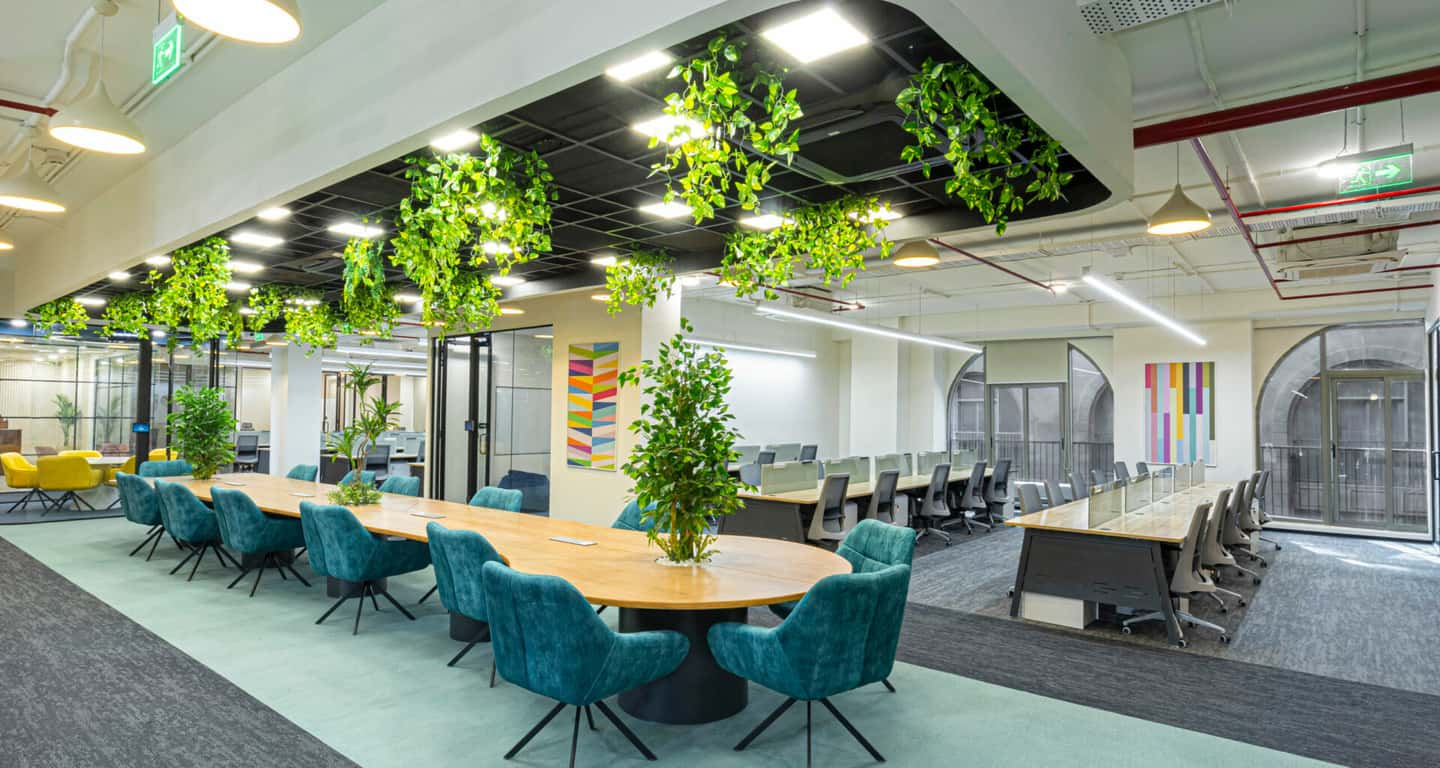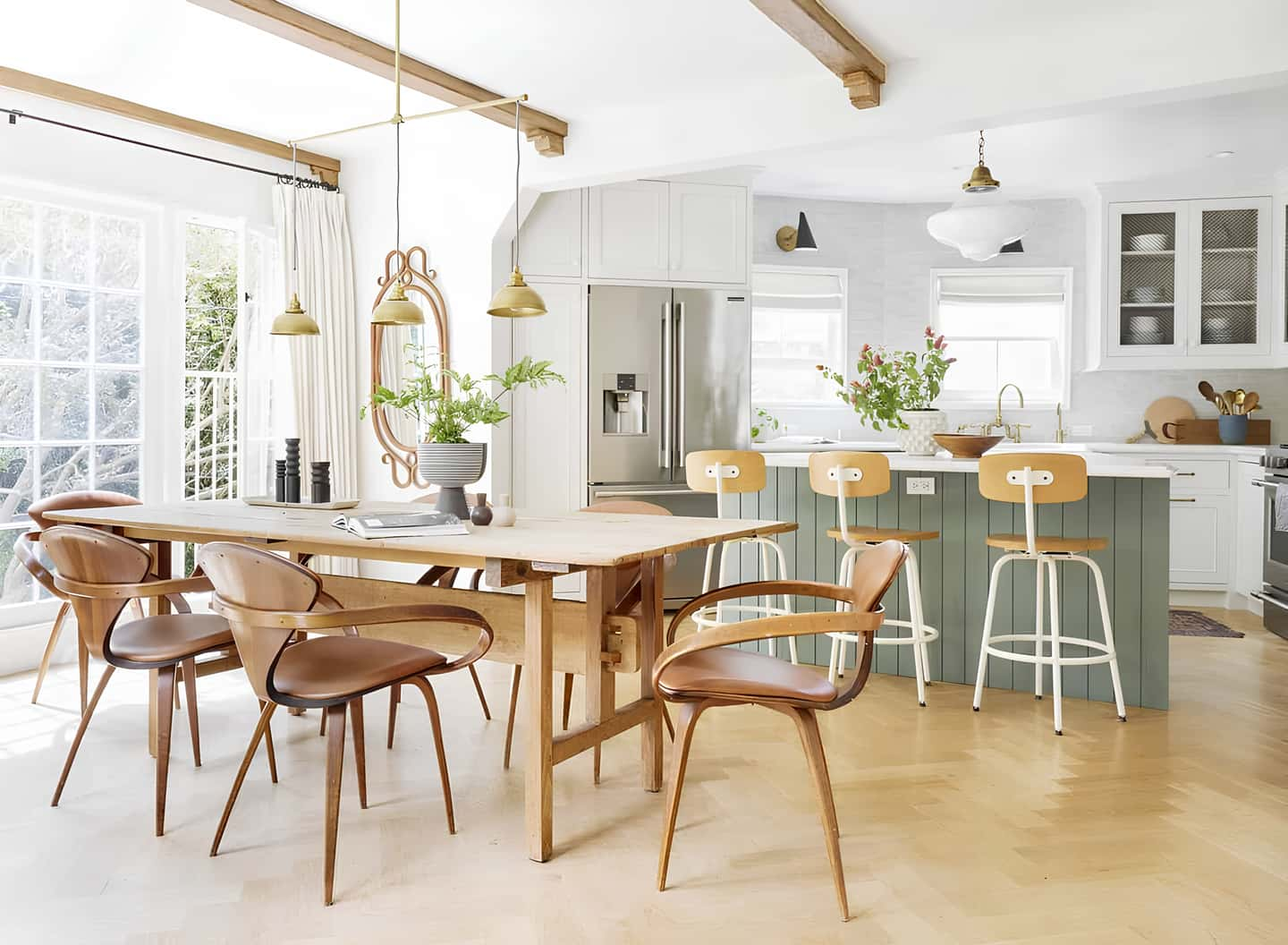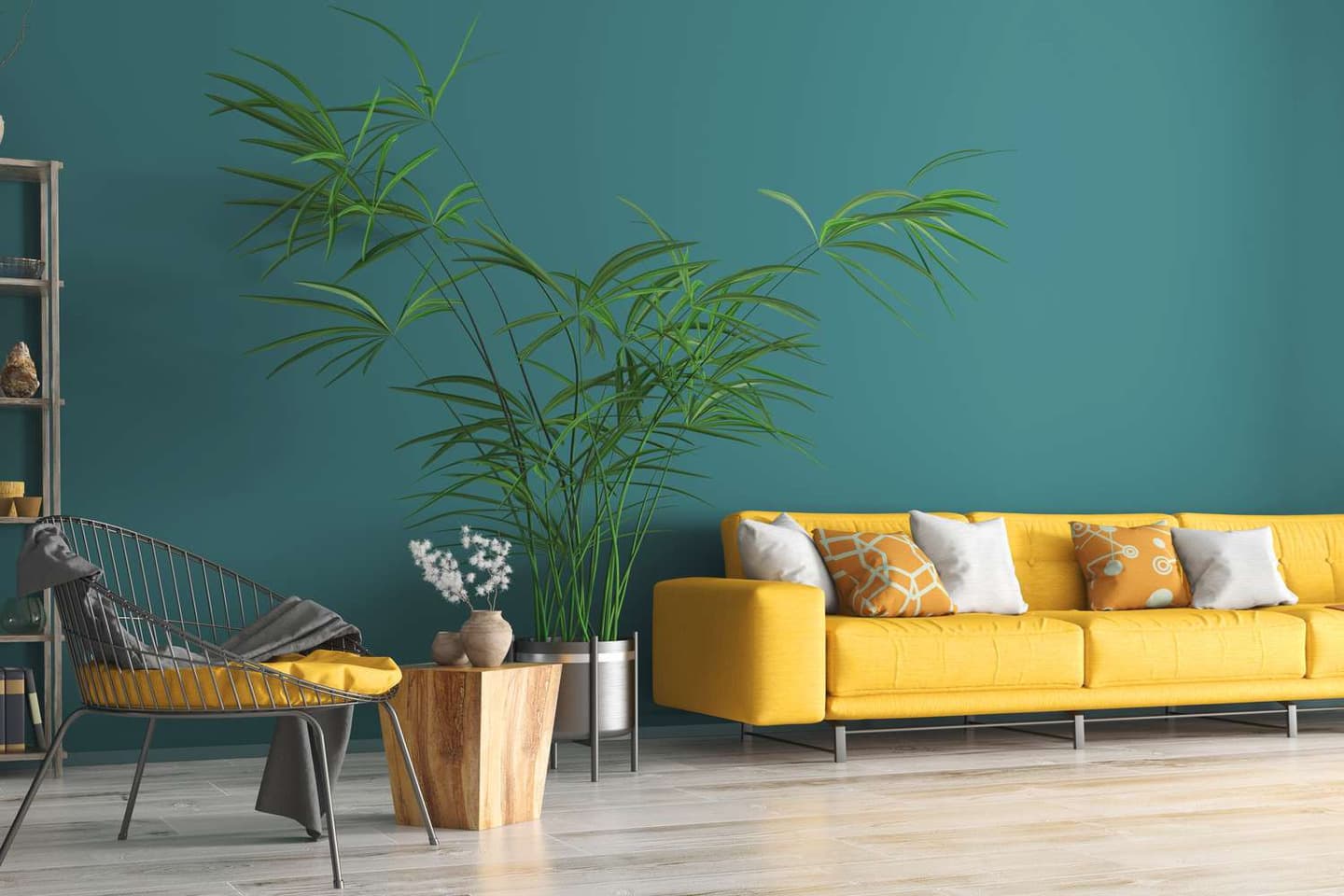As someone who focuses on interior design, I’ve had the chance to work on many different types of residential projects over the years, ranging from small apartments and stylish condos to large single-family houses. The goal is always the same, no matter the style or size: to make a beautiful, useful place that shows off the person’s personality and meets their needs. I’ll share some ideas and tips I’ve picked up along the way for designing beautiful home interiors in this piece.
Apartment and Condo Interior Design
The most important thing to remember when planning small rooms like apartments and condos is to use every square foot wisely. Before I do anything else, I always look at the space’s plan and flow, looking for ways to make the most of storage and set up separate areas for different tasks.
I like to start with a big piece of furniture or art in the living room and build the rest of the room around it. Choosing pieces that can be used for more than one thing, like a sleeper couch or a storage ottoman, can give you more options without sacrificing style. It can also help bounce light around and make the room feel bigger to use shiny materials like metals and mirrors.
When you’re in a small area, colour is also very important. An all-white colour scheme can feel light and open, but I often tell my clients to be brave and use colour to show who they are. Shades of emerald green and sapphire blue can add drama and depth, while pastels can make you feel calm. Pick a colour scheme that goes with everything in the room and use it all over for a clean, put-together look.
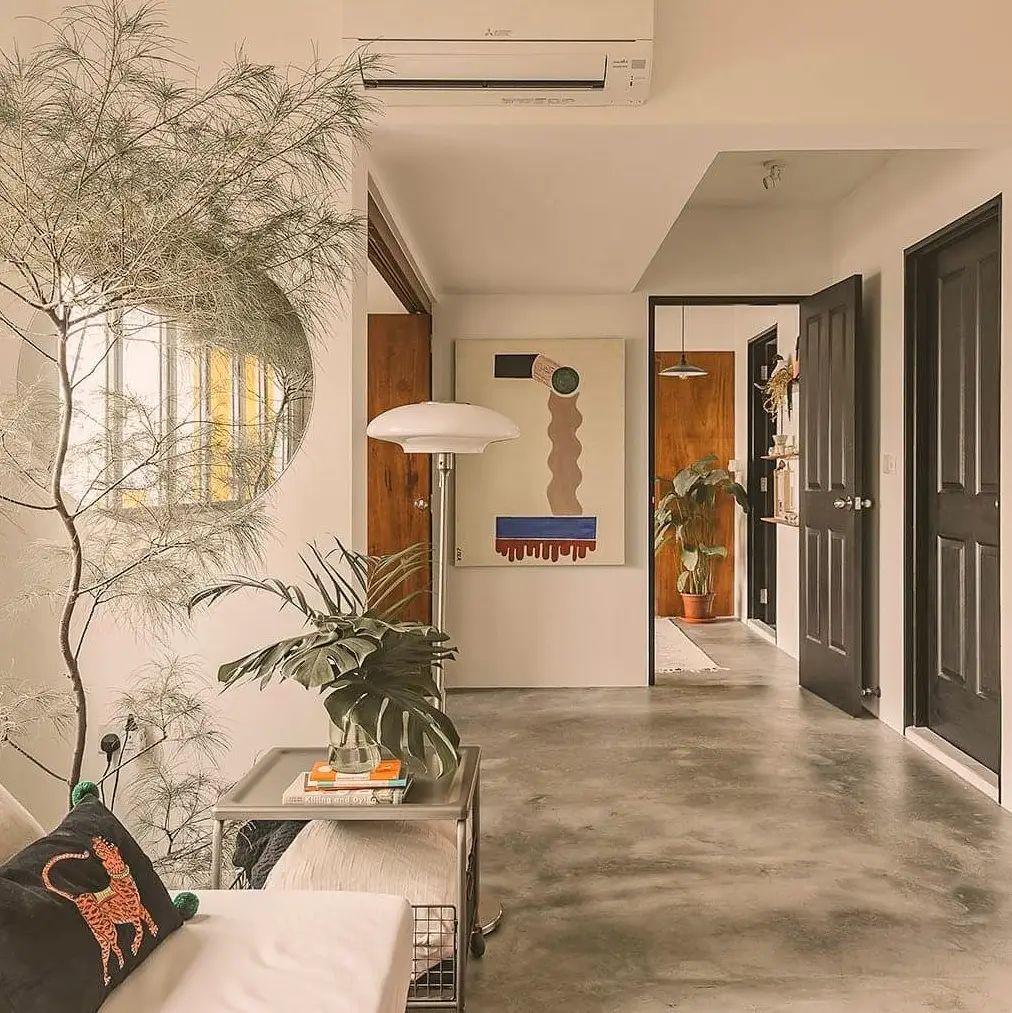
Single-Family Home Interior Design
When you design the interior of a single-family home, you usually have to work on a larger scale, since there are more rooms and square area to think about. Before I do anything, I always get to know my clients and learn how they live and use their place. Do they love to have fun? Do they have little kids or pets? Everything about the house, from the layout to the materials we use, will be affected by these living factors.
One of the things I love most about working on bigger home projects is making different areas for different uses. You could have a formal living room for guests, a cosy family room for movie nights, or a home office that can also be used as a guest room. The options are endless. By saying what each place is for, we can make sure that the design fits with and improves how the family lives.
Of course, having more room means having more chances to make it your own. I tell my clients to include things that are important to them, like family pictures, a collection of old things they’ve found, or art they’ve bought on trips. It’s the little things that make a house feel like a home.
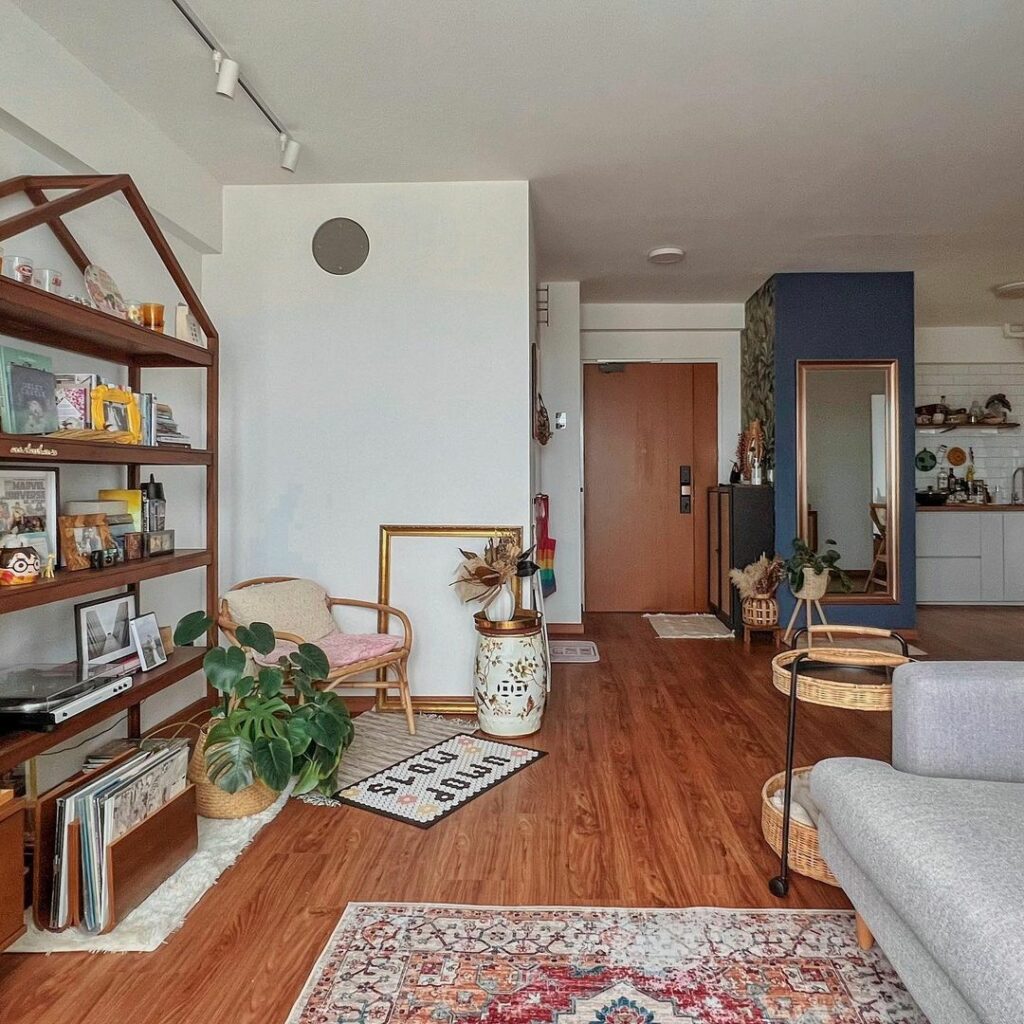
Home Renovations and Remodeling
In addition to designing new spaces, I also love working on home renovations and remodeling projects. Whether it’s a kitchen update, a bathroom overhaul, or a complete home transformation, the goal is always to improve both the function and the aesthetic of the space.
Before I start planning for a renovation, I always look at the space I already have and mark any trouble spots or places where it could be better. Is the plan awkward or not working well? Do the surfaces look old or worn? We can start to come up with answers once we have a good grasp of the problems.
When remodelling, the budget is one of the most important things to think about. I work closely with my clients to help them organise their list of wants and make smart decisions that will get the most out of their investment. That could mean spending more on a piece that makes a statement, like a range hood or a bold tile backsplash, and less on things that aren’t as important to the design as the statement piece.
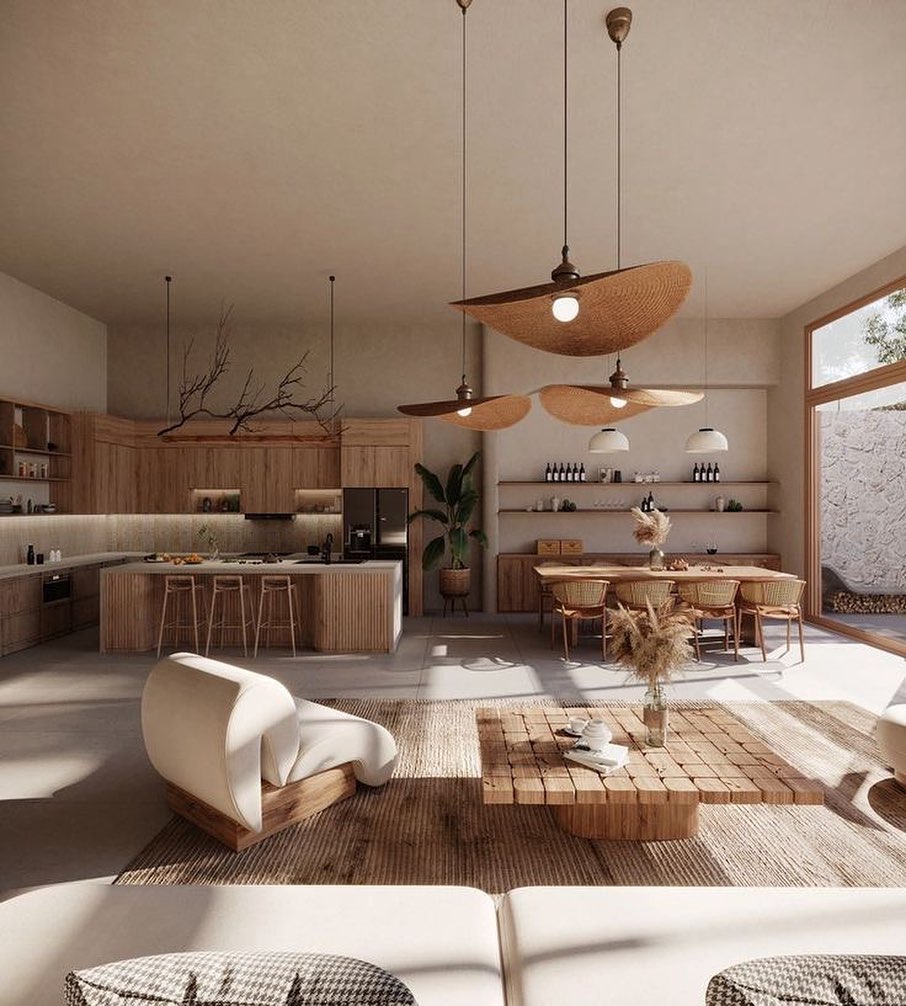
Eco-Friendly and Sustainable Interior Design
As an interior designer, I believe we have a responsibility to create spaces that are not only beautiful but also environmentally responsible. That’s why I’m passionate about incorporating eco-friendly and sustainable practices into my residential projects whenever possible.
One of the easiest ways to make a space more sustainable is by choosing materials and finishes that are renewable, recycled, or low-impact. This could mean opting for bamboo or cork flooring instead of hardwood, using recycled glass tiles in the bathroom, or choosing furniture made from reclaimed or FSC-certified wood. By making conscious choices about the products we use, we can reduce the environmental footprint of a project without sacrificing style.
Another important aspect of sustainable design is energy efficiency. This could mean incorporating features like double-paned windows, LED lighting, and energy-efficient appliances to reduce a home’s energy consumption. It could also mean designing for passive solar gain, orienting windows to maximize natural light and ventilation, and using landscaping to provide shade and cooling. By taking a holistic approach to energy efficiency, we can create homes that are not only more environmentally friendly but also more comfortable and cost-effective to live in.
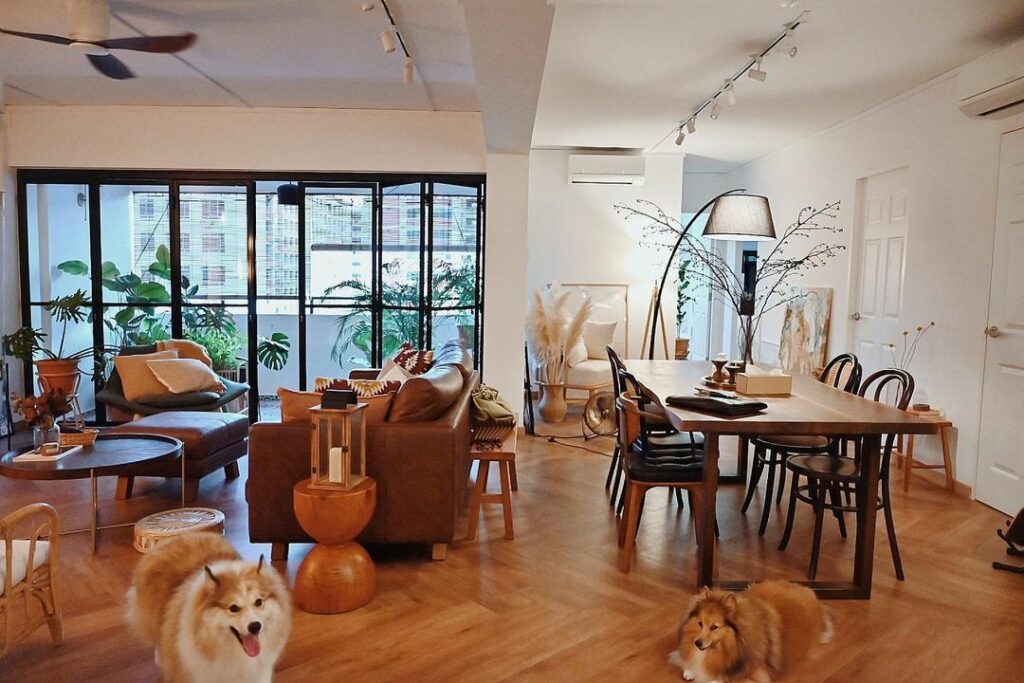
In conclusion
Residential interior design is a complex and multi-faceted field that requires a deep understanding of both aesthetics and function. Whether working on a small apartment or a sprawling single-family home, a renovation or a new build, the goal is always the same: to create a space that reflects the unique needs and personality of the people who live there. By taking a thoughtful and strategic approach, considering factors like layout, color, materials, and sustainability, interior designers can help transform houses into true homes – spaces that are beautiful, comfortable, and deeply personal. As a designer, there’s nothing more rewarding than seeing a client fall in love with their newly designed space and knowing that you played a part in making that happen.

I am a design enthusiast that loves writing about the latest trends and style when it comes to commercial and residential interior design. I also love architecture and buildings.

